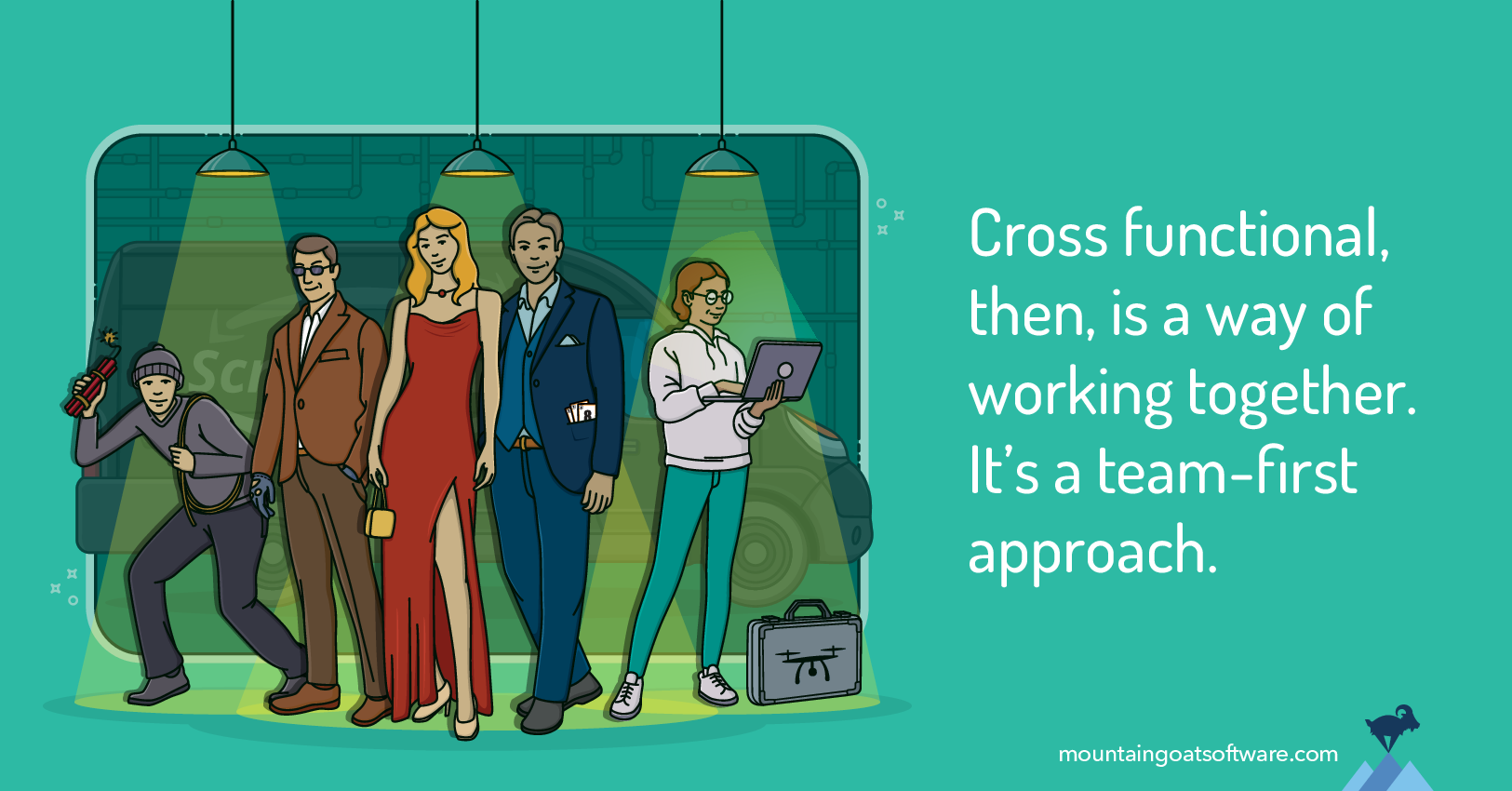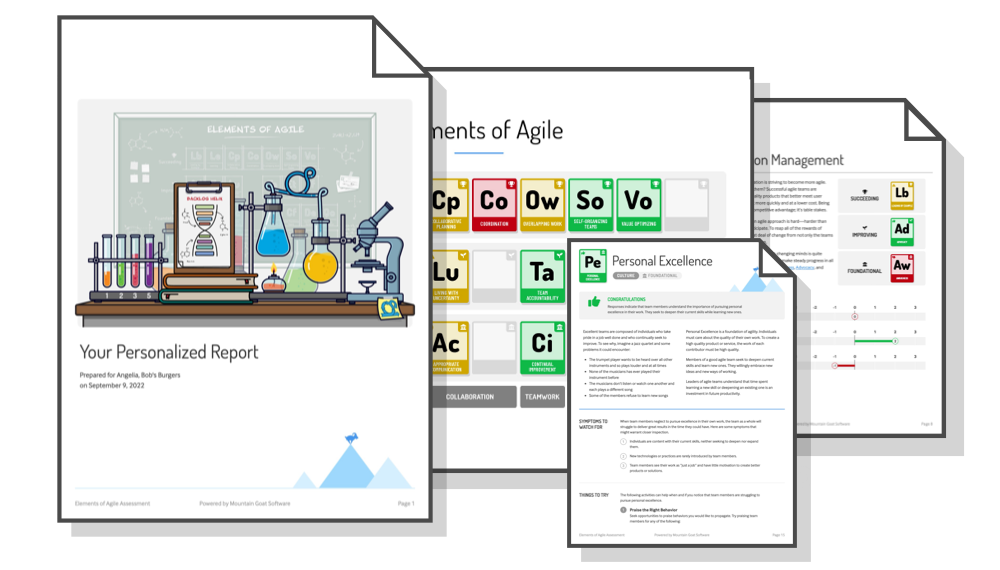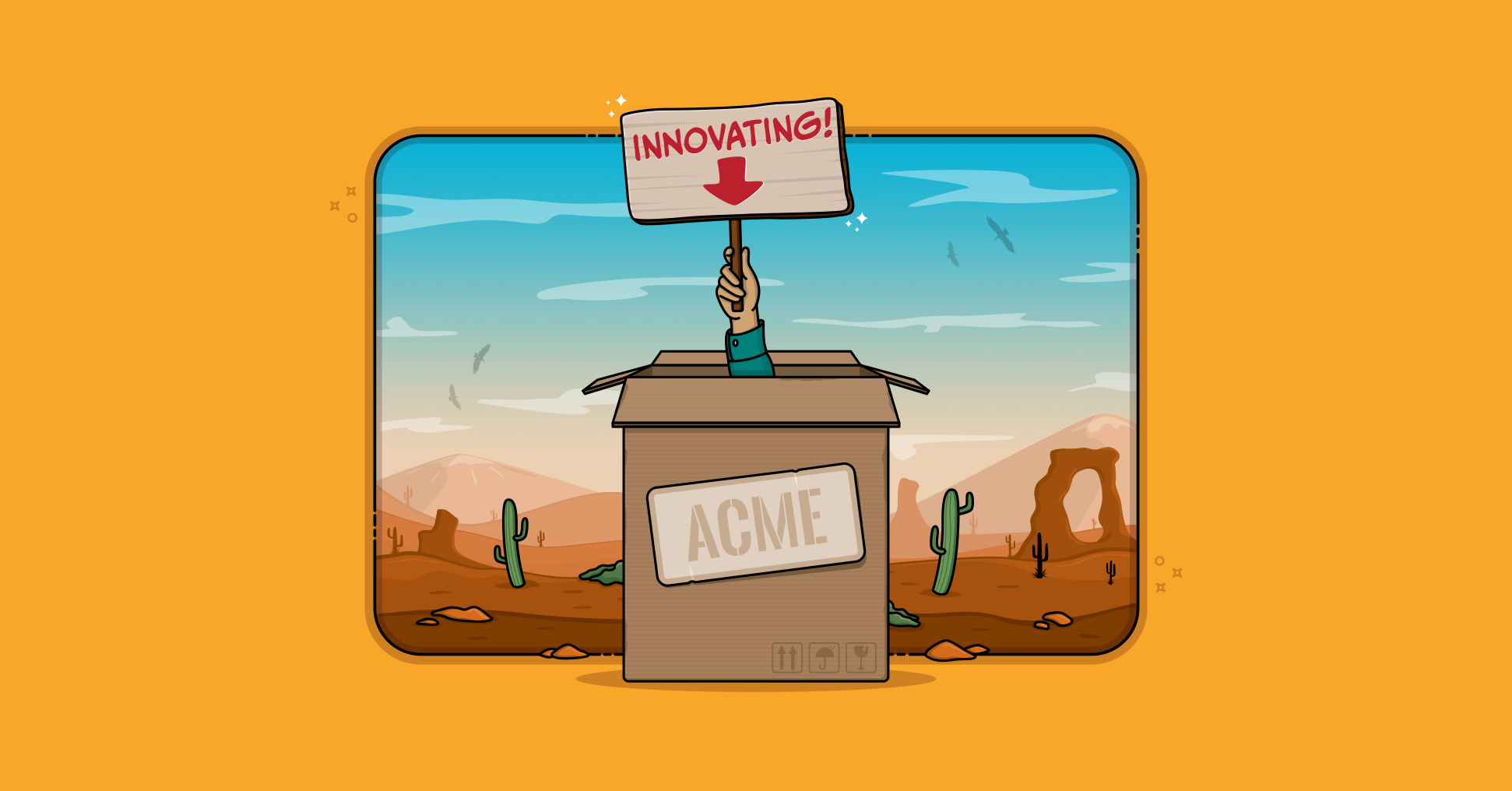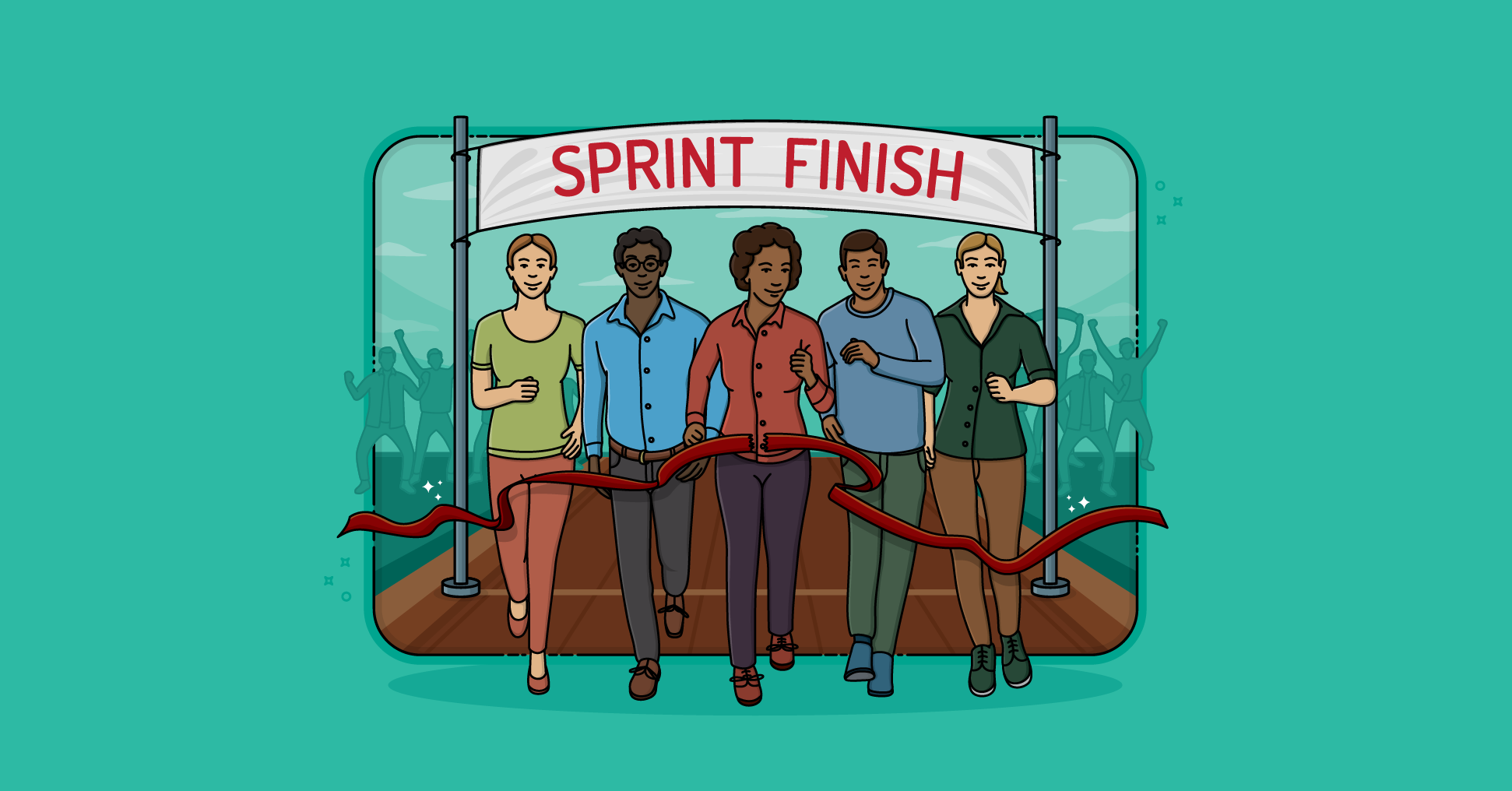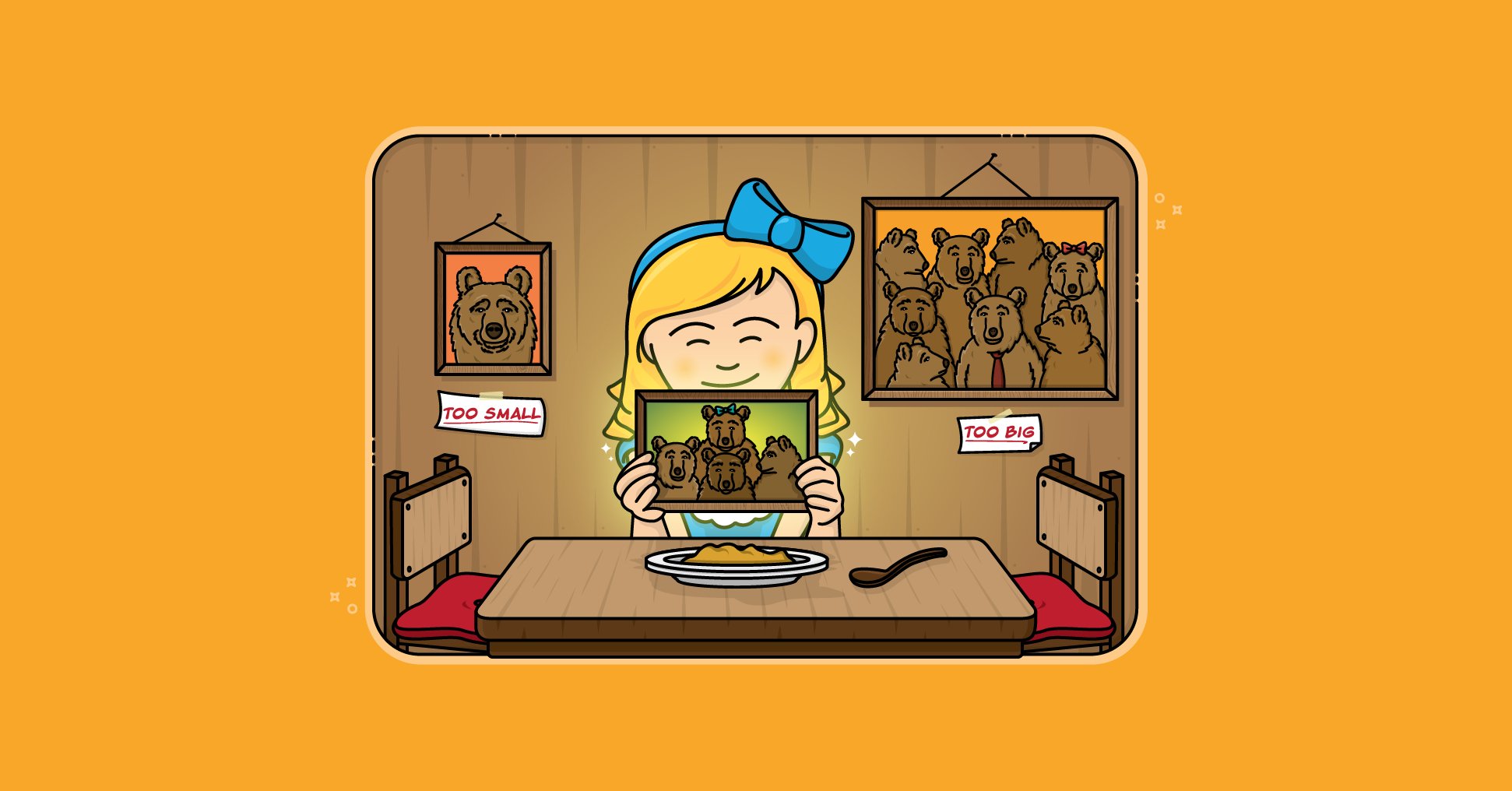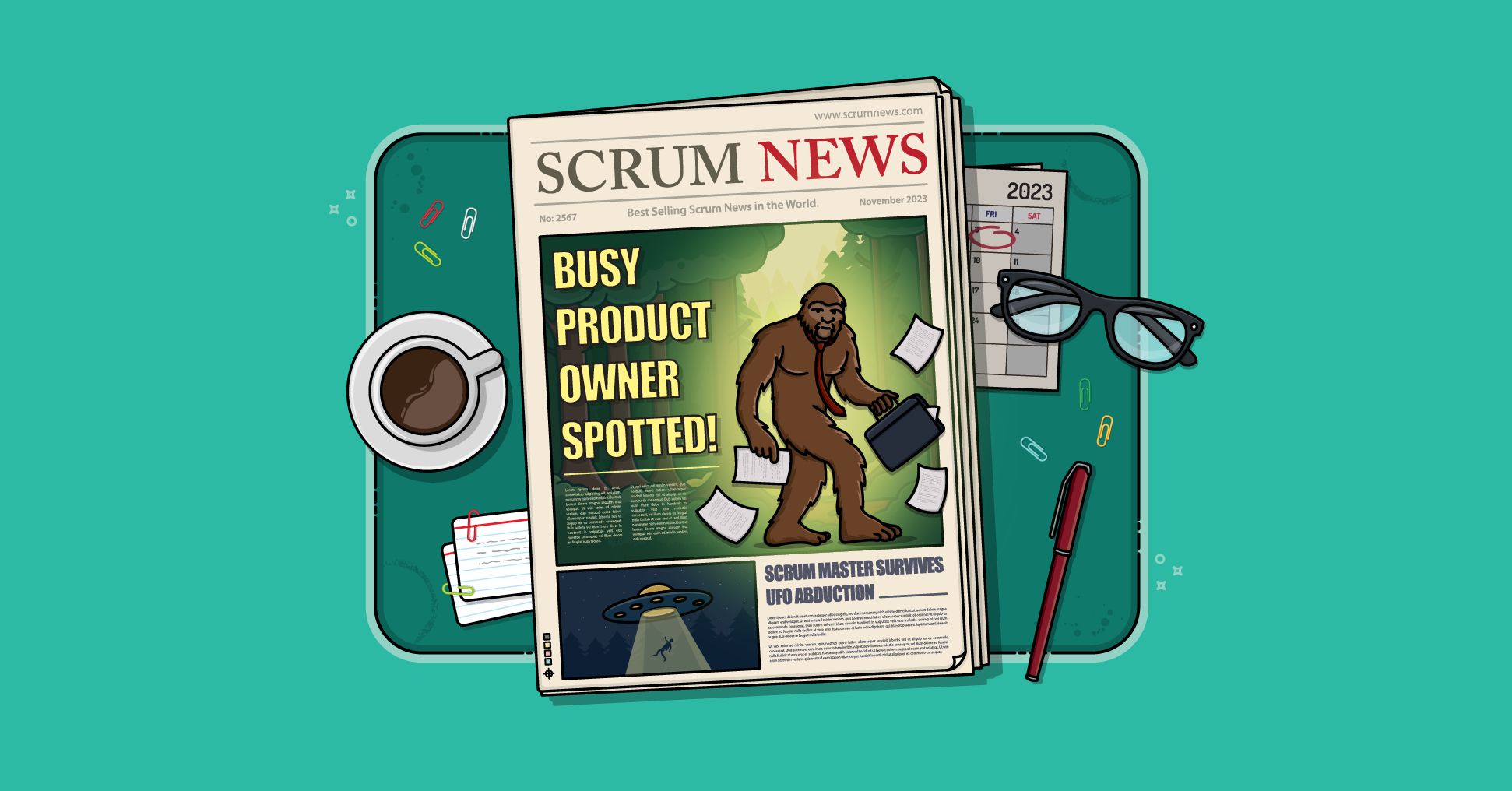Spend any time at all around Scrum or other agile practices and you’re likely to hear the term cross-functional agile team. These words come loaded with a wide variety of definitions, experiences, and expectations. Just what exactly does Scrum mean by cross functional?
Think Well-Oiled Machine, Not Panic-Struck Riot
Let me start by telling you what cross functional does NOT mean.
- Cross functional does not mean everyone can do everything. You can have experts working on your team as long as they’re not all you have. Mike’s blog post about how having specialists and multi-skilled people within a cross-functional team dissects helps to save time.
- It is not a recipe for chaos. Cross-functional teams work very well together towards a common goal. The sense of order on these teams is actually higher than with teams solely composed of specialists.
- It does not mean that everyone works all the time like some crazy Crossfit exercise. As the Agile Manifesto states, the team members “should be able to maintain a constant pace indefinitely.”
Being cross functional as a team is a key ingredient to the Scrum framework's collaboration paradigm.
The Best Team Members
Let’s look at the different kinds of members you might find on a team:
- An I-shaped team member is someone who is an expert at one thing. Think of the capital letter I shape: it runs deeply but only in one direction.
This is a metaphor for the expert team member; they’re like an anesthesiologist in an operating room—they are great at their job but you wouldn’t want to have them step in for the surgeon. These team members have deep experience in one area of expertise, but are at a loss when it comes to doing most other jobs. - A hyphen-shaped team member has really limited depth, like a hyphen does. These would be your jack-of-all-trades, and you know what is said about them: they’re masters of none. These generalists have a little skill in a lot of things.
A handyman is like this type of team member. They will do a decent job at just about anything you give them. But if you need detailed work (say a gas line installed or a piece of furniture made) you’re likely going to go with an expert instead. - A T-shaped team member is someone who has depth of knowledge just like the I-shaped person, but they also have a breadth of knowledge across many functional areas. They can lend a hand on lots of things.
I’ll return to Scrum’s roots and use a sports metaphor here. In just about any team sport, players will have a position with a set purpose. But when the situation arises, they can help the team in other ways. If I’m a forward, my job is mostly to try and score. But when our team is struggling on defense, I might just drop back to lend a hand because the team needs it at that moment.
Cross-functional agile teams are ideally made up of team members with T-shaped skills: people who have expertise in a particular skill set but also a breadth of experience at other skills. They can do whatever the team needs to succeed.
Everyone Puts the Mission First
Agile frameworks like Scrum thrive when a team can use cross-functional collaboration to tackle a variety of challenges.
Consider an example from one of Hollywood’s favorite tropes: the big heist carried out by a team of skilled thieves. In these movies, the people on the team have special skills—the brains, the safe-cracker, the technology person, the muscle, and the getaway driver, for example. Each person is needed for their special skill set.
But when it comes time for the mission, they all will do whatever they need to in order to succeed with their mission. If something happens to the getaway driver, the rest of the team doesn’t just sit around and wait to get caught. Someone else gets behind the wheel and drives off. The mission comes first.
The same is true for agile software development teams: the mission (or goal) comes first.
This requires back-end developers to do some front-end coding occasionally and the same in reverse. A developer might need to lend a hand with testing. Your designer should know some javascript. All is in the name of the team’s success.
Just as a sports team either wins or loses together, in agile development, the team either meets their sprint goal or they don’t. No one outside the team cares which portion was completed, or by whom. They just need and expect the whole thing to be done.
Cross functional, then, is a way of working together. It’s a team-first approach. It’s how a group of people decide to put the mission above their individual needs and it’s where you’ll gain the capacity to do whatever it takes to get the job done.
When a team takes this approach, the team members’ individual growth is also exponential: they each expand their skill sets and become even more well-rounded and useful to the team. Everyone uses their expertise but also pitches in to ensure the team succeeds. And this approach works even if your team isn’t putting bank robbery in the sprint backlog.
How’s It Working for You?
What has been your experience? How have cross functional teams changed how you work? What have you found to be keys to nurturing a cross functional team? I’d love to continue the discussion with you in the comments below.

